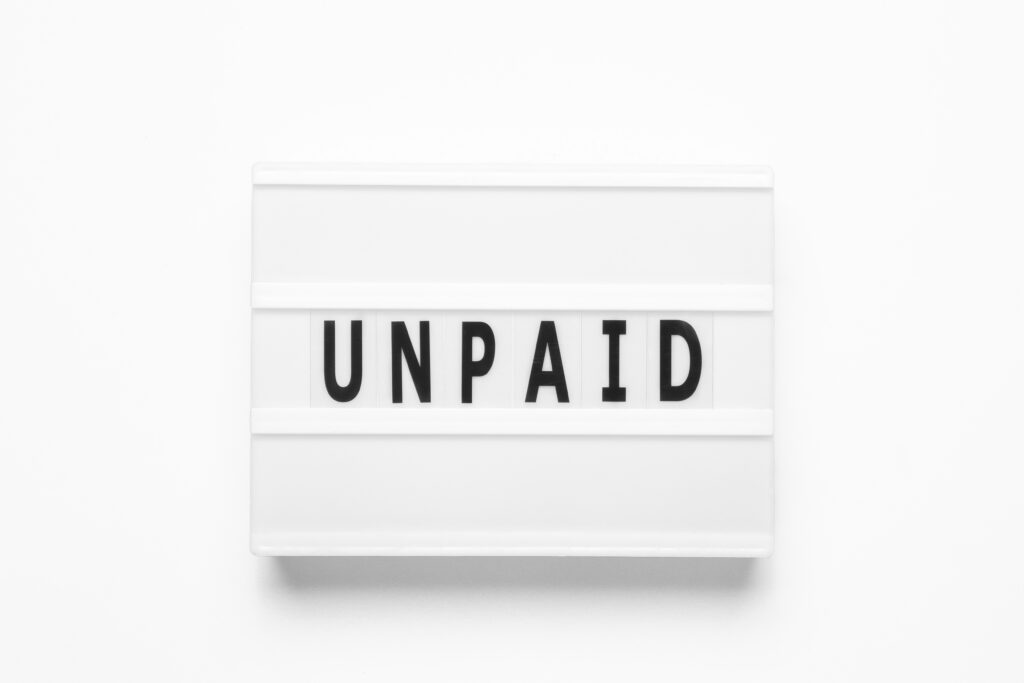Introduced to today’s vernacular by real-life bossbabe Sophia Amoruso, the term “girl boss” is a neologism that signifies a woman “whose success is defined in opposition to the masculine business world in which she swims upstream.” The word connotes a self-empowered and highly successful woman who commandeers her life, career and broader goals, and looks confident as she does it. As more of us stray from conventional 9-to-5 day jobs, seeking freedoms like ditching the morning commute and choosing our own work hours, the “girl boss” has carved her own space in modern business. In this read, we’ll take a look at the anatomy of the girl boss and what it really means to be a leading woman in business.
Qualities of a Girl Boss

Once upon a time, being a career woman was not the positive, feminist descriptor it sounds like. A career woman was someone who rejected the traditional feminine roles of stay at home wife and mother in favour of pursuing her own selfish ambitions. Jump ahead to the 2010’s and the once odd, unnatural career woman was reborn as a girl boss. A girl boss exudes confidence and self-assuredness in her abilities and decisions. And even in the modern professional world, this is no easy feat. I’m sure you’ve heard the expression, “when a man gets angry in the boardroom room he’s a boss, but when a woman does it she’s bossy”. But a girl boss pays no attention to such things. She believes in her worth and doesn’t shy away from taking risks or pursuing her ambitions. Girl boss has:
Entrepreneurial Spirit
Every self-made girl boss was once an aspiring entrepreneur. They demonstrate resilience in navigating challenges and adapting to changes in the market.
Leadership and Initiative
Being a girl boss means taking the lead and being proactive in various aspects of life, whether it’s in the workplace, personal relationships, or community involvement. She’s not afraid to step up, make decisions, and guide others towards shared goals.
Setting and Achieving Goals
Girl bosses set clear and ambitious goals for themselves, both short-term and long-term.
They work diligently to achieve those goals, often breaking them down into actionable steps and celebrating their progress.
The Downfall of the Girl Boss
Altogether possessing the qualities of a girl boss is something every woman should aspire to emulate. Navigating the female world of unique challenges, roadblocks and rejections is made that much harder if we don’t believe in ourselves (it’s cheesy but true). However, in recent years, the term girl boss has shifted from positive to problematic.
The Lean In Approach

In 2013, before #girlboss was trending, former Google staffer and current Chief Operating Officer (COO) at Facebook Sheryl Sandberg published a book called Lean In: Women, Work, and the Will to Lead. It became an international bestseller with over 4 million copies sold worldwide. In it Sandberg encourages women to ‘lean in’ to positions of leadership and not be deterred by the possibility of rejection from other professionals in male-dominated enviroments who may only see them as wives and mothers. The lean in approach encouraged women to see themselves as leaders in a world that tells them they’re not. And that’s exactly what a girl boss encapsulates; by being our own heroes we achieve personal aspiration and affect change for the next generation of professional women.
Despite the book’s success, Sandberg’s advice was also widely criticised for being elitist and placing the responsibility of creating positive change on women as individuals instead of the societal structures around them that hinder success. As time moved on and the subsequent #metoo movement brought to light more of the barriers facing working women, and the popularity of the individualistic, motivational mantra that was ‘girl bossing’ fell out of favour. The idea of making it in a man’s world as a girl boss with pure hustle and moxie no longer held the same appeal.
Gaslight, Gatekeep, Girl Boss?
The elitist undertones of Sanderberg’s rhetoric and the girl boss concept had the feminist community labelling it as a form of gaslighting and gatekeeping. Gaslighting involves emotionally manipulating individuals to doubt their own feelings, while gatekeeping attempts to invalidate others’ opinions by deeming them unqualified. These harmful behaviours are unfortunately sometimes associated with the “girlboss” persona.
As time moved on, many aspiring professional women realised that fulfilling entering their girl boss era required a certain amount of privilege. Breaking down barriers by becoming a success story seemed to require a university education, no physical or mental health issues hindering your work performance, the financial means to buy the pre-requisite corporate chic wardrobe, and much more. Put simply, girl bosses are not the rules, they’re the exceptions. And when success and empowerment are held just out of reach for a large proportion of women by the realities of privilege, it’s easy to see how this concept has fallen from favour.
The toxicity of girl bossing also wasn’t helped by a lawsuit being filed against the OG girl boss Sophia Amoruso. In 2015, Amoruso’s online clothing retail brand Nasty Gal became the subject of a discrimination lawsuit alleging it had illegally fired pregnant employees. This was followed by a string of employees coming forward with stories about how Amoruso’s company was a toxic workplace. In 2016, Nasty Gal filed for bankruptcy.
Invisible Labour Rebranded

You may or may not have heard a new feminist buzzword floating around lately; invisible labour. Invisible labour refers to unpaid and often unrecognised tasks and responsibilities that individuals, particularly women, undertake in various contexts. It’s all those behind-the-scenes tasks and jobs that often go unnoticed but keep our lives running smoothly. Think about the little things like making sure the house is tidy, remembering everyone’s birthdays, or even just lending a shoulder to a friend in need. A lot of times, these jobs fall on women, and it’s like they’re juggling a million things without getting any credit. It’s like doing a ton of work for a project and not getting named on the presentation. But doing these tasks on top of working a full time job and raising children was just all part of being a girl boss. An argument could even be made that girl bossing was a way to rebrand the issue of invisible labour and encourage women to view any feelings of mental and physical exhaustion simply as the cost of living in their girl boss era.
Reminder To Be Our Own Boss
There’s no denying the idea of being a girl boss started with good intentions; seeking success and not letting fear hold you back from following your passions and aspirations is sound advice regardless of your gender identity.
So, where does this leave us?
In our ever-evolving societal landscape, the girl boss archetype offers a powerful reflection of how we perceive success, feminism, and empowerment. It reminds us of the importance of self-belief and ambition, while also underscoring the pitfalls of oversimplification and elitism. While the term has faced its share of criticism, its essence still resonates with many.
The challenge is to embrace the best parts of the girl boss mindset—self-assuredness, resilience, and leadership—without neglecting the collective and systemic changes required for genuine equality. The modern woman must define success on her terms, acknowledging both personal and societal responsibilities. In the end, the girl boss era may have its controversies, but it serves as a crucial chapter in the ongoing story of women’s empowerment.

